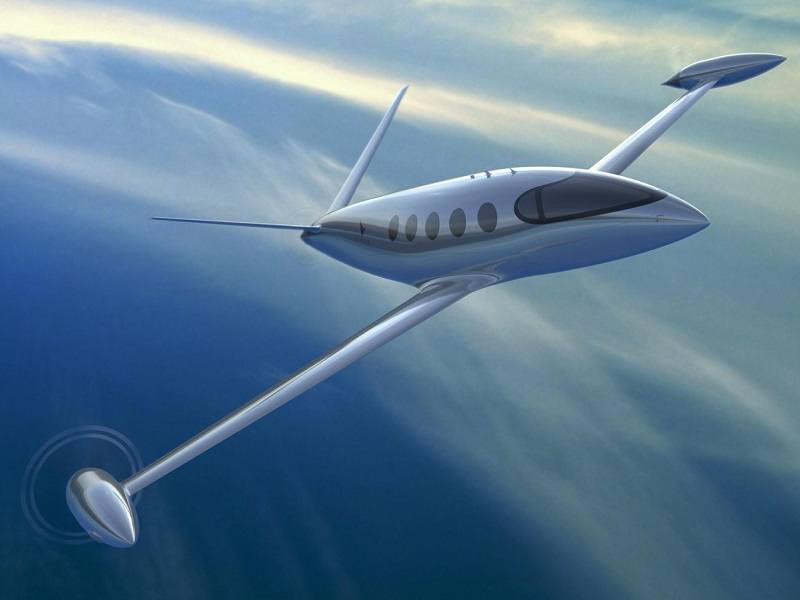
Electric aircraft are here – but they won’t solve flying’s CO2 problem
November 18, 2019
Duncan Walker of Loughborough University writes that while electric aircraft are starting to appear, they could struggle to break into the aviation industry.
A version of this article was originally published by The Conversation (CC BY-ND 4.0)
The UK government plans to ban the sale of new conventional petrol and diesel cars by 2040. Clearly the plan is for all citizens to be driving electric or hybrid-electric cars, or – better still – riding bicycles. But can electrification help cut emissions from that other carbon-intensive form of passenger transport, flying?
This is a complex question and one where size matters. It is possible for small aircraft to be powered by electricity. In fact several companies are already developing small electric aircraft and they could come on the market within the next few years.
But for the large aircraft we all use more frequently, it is unlikely to happen any time soon. The problem isn’t the propulsion technology but the energy storage. Jet fuel contains around 30 times more energy per kilogram than the most advanced lithium-ion battery currently available.
The world’s largest passenger plane, the Airbus A380, can fly 600 passengers 15,000km in a single flight. But, according to my calculations, with batteries it could only fly a little more than 1,000km. Even if all the passengers and cargo were replaced with batteries, the range would still be less than 2,000km. To keep its current range, the plane would need batteries weighing 30 times more than its current fuel intake, meaning it would never get off the ground.
This trade-off is particularly bad for long-haul flights because the fuel makes up half of the aircraft’s weight at take-off. What’s more, a conventional plane gets lighter as the fuel is consumed, but an electric aircraft would have to carry the same battery weight for the entire flight. As I said, size matters.
For a five- to 10-seat light aircraft, fuel is likely to make up 10pc to 20pc of the aircraft’s weight. Simply swapping the fuel for batteries might still reduce the distance the plane can fly by an impractical amount. But replacing two or three passengers with additional batteries would give a range of 500km to 750km, compared to a fuel-powered range of more than 1,000km.
However, there could be another option. Israeli firm Eviation recently revealed a prototype version of what it claims will be the world’s first commercial all-electric passenger aircraft. The aircraft, named Alice, doesn’t just swap jet fuel for batteries but is a whole new design concept that improves the way the propulsion system is integrated into the airframe. Carrying nine passengers with a range of 1,000km, Alice is expected to enter service in 2022.
Alice may be a practical alternative for small, regional journeys but not for most scheduled passenger flights, even short-haul ones. So...











 What we do
What we do





















 Contact US
Contact US

